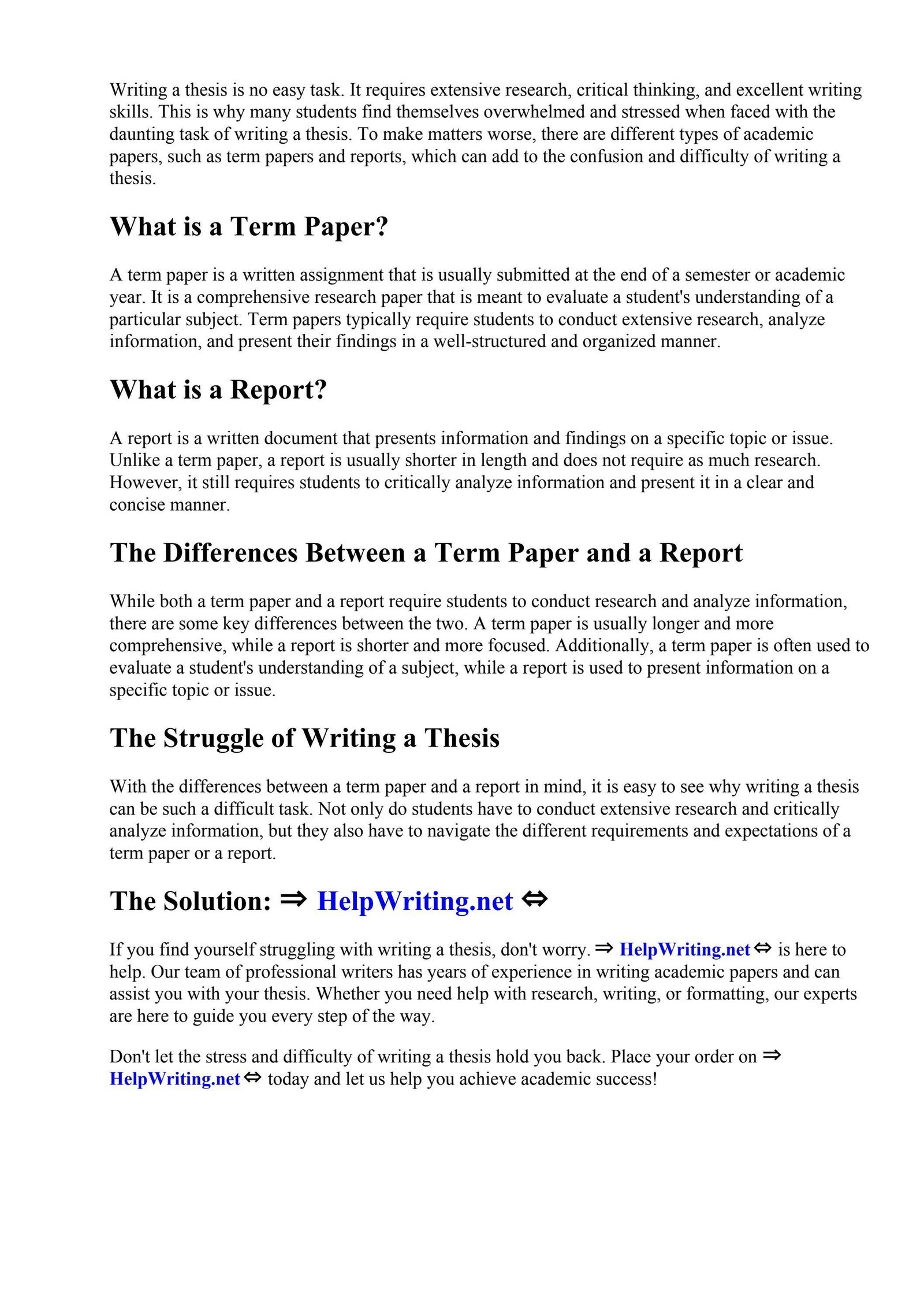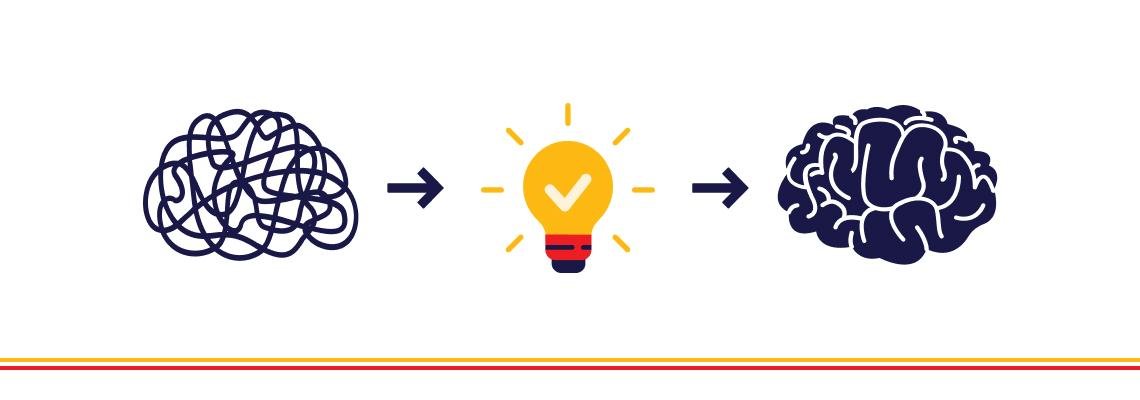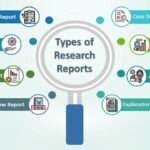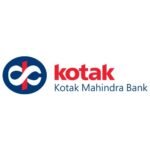research report in business research methods

Introduction
In the fast-paced world of business, informed decision-making is the cornerstone of success. At the heart of this process lies the comprehensive research report, a key tool that transforms raw data into actionable insights. A research report in business research methods serves as a detailed narrative that outlines the steps taken to explore complex business questions, ultimately shaping strategy and guiding organizational directions.
This report is not merely a collection of statistics; it embodies a rigorous exploration of issues, blending quantitative and qualitative data to present a holistic view of the research subject. By meticulously detailing the methodologies employed, the findings derived, and the implications drawn, the research report enhances transparency and credibility in business practices.
Whether it’s through a structured problem formation, effective research design, or thorough data analysis, a well-crafted research report empowers stakeholders to navigate uncertainties and benchmarks the significance of their findings in a competitive landscape. This article will delve into the various components and best practices of effective research reporting, drawing on established methodologies and examples that illustrate the vital role these reports play in shaping business strategy and operational excellence.
Understanding the Framework of Business Research Methods
Business research methods serve as a foundational framework guiding how data is collected, analyzed, and interpreted within various business contexts. Central to this framework are several core components that ensure comprehensive and effective research outcomes. Key elements include:
- Research Design: The blueprint that outlines the structure of the research study.
- Data Collection: Methods for gathering data, which can be qualitative or quantitative.
- Data Analysis: Techniques applied to interpret the data, revealing trends and patterns.
- Ethical Considerations: Ensuring the research adheres to ethical standards to protect participants and maintain integrity.
Within this framework, researchers must navigate through various methodologies, each tailored to specific research objectives. Quantitative methods often rely on statistical tools to quantify phenomena, while qualitative methods explore deeper insights through interviews or focus groups. This duality is essential, as it allows for a richer understanding of the subject matter. Moreover, the iterative process of refinement promotes adaptability and responsiveness to emerging insights, as illustrated in the table below:
| Methodology | Focus | Example |
|---|---|---|
| Quantitative | Statistical Analysis | Surveys with Likert scales |
| Qualitative | In-depth Exploration | Interviews and case studies |

Key Components for Crafting a Comprehensive Research Report
html
When crafting a comprehensive research report, several key components are essential to ensure clarity and impact. Firstly, a well-defined research question lays the foundation for the entire study, guiding the methodology and analysis. Following this, the methodology section should detail the research design, including sampling methods and data collection techniques, allowing others to replicate the study if desired. Both the results and discussion sections serve to present findings clearly and provide critical analysis. Important components to include are:
- Introduction: Context and relevance of the research.
- Literature Review: Summary of existing research.
- Findings: Data presented through tables or figures where appropriate.
- Conclusions and Recommendations: Insights and implications of the research.
Additionally, effective communication within the report is vital. Using clear, concise language aids the reader's understanding and engagement with the content. It’s also important to provide robust evidence to support all claims made within the report, ensuring that conclusions are based on well-researched data. A well-structured approach enhances readability, and incorporating visual elements like graphs or tables can significantly attract attention and clarify complex information. Consider the following structure:
Section
Description
Abstract
A brief overview of the research.
Methodology
Details of research design and process.
Results
Presentation of key findings.
Discussion
Analysis and implications of results.
References
List of cited works.

Navigating Data Collection Techniques for Optimal Results
In the realm of business research, selecting the appropriate data collection techniques is pivotal for yielding accurate and relevant insights. Various methods can be employed, each offering unique advantages depending on the nature of the research question. Some commonly utilized techniques include:
- Surveys: These allow for the gathering of large amounts of quantitative data efficiently.
- Interviews: Offering deeper qualitative insights, interviews enable researchers to explore complex ideas and gather nuanced opinions.
- Focus Groups: Facilitating dynamic discussions among participants can uncover diverse perspectives on a given topic.
- Observations: Directly observing behaviors in real-world settings provides invaluable context and understanding.
Choosing the right sampling method is equally essential to ensure that the collected data represents the broader population accurately. Effective sampling not only enhances the reliability of the data but also aids in drawing meaningful conclusions. Researchers often consider various sampling techniques, such as:
- Random Sampling: Each member of the population has an equal chance of being selected.
- Stratified Sampling: The population is divided into subgroups to ensure representation of key characteristics.
- Convenience Sampling: This method involves selecting individuals who are easily accessible, though it may compromise representativeness.

Interpreting Findings: Insights and Strategic Recommendations
Interpreting the data gathered through business research is crucial for transforming raw information into actionable insights. A structured approach enables organizations to dissect findings meticulously, leading to a profound understanding of market dynamics and consumer behavior. Clear patterns may emerge, suggesting areas for improvement or untapped opportunities. For instance, if a correlation is found between customer satisfaction and product features, it can be inferred that enhancing these features could bolster client loyalty.
Strategic recommendations emerge when combining analytical rigor with creative thinking. Businesses should consider the following key aspects for effective decision-making:
- Resource Allocation: Prioritize investments toward high-impact initiatives based on research insights.
- Market Positioning: Adjust branding and messaging to align with consumer perceptions highlighted in the findings.
- Competitive Strategy: Identify competitors’ strengths and weaknesses to inform strategic positioning and differentiate offerings.
By translating findings into targeted actions, companies can navigate challenges and seize opportunities more effectively, thus enhancing overall organizational performance.
Future Outlook
the research report stands as a pivotal element in the realm of business research methods. It serves not only as a comprehensive documentation of the research process but also as a crucial communication tool, translating complex findings into actionable insights. By adhering to established structures and formats, researchers can effectively convey their methodologies, analyses, and conclusions, enhancing the overall integrity of their work. As businesses strive to navigate the complexities of their environments, well-crafted research reports will remain indispensable in informing decision-making and guiding strategies. In the continuously evolving landscape of business, the significance of meticulous reporting cannot be overstated; it empowers organizations to leverage data-driven insights for sustainable growth and innovation. Thus, investing time and effort into mastering the art of research reporting is a step towards ensuring that your business remains at the forefront of informed decision-making.




